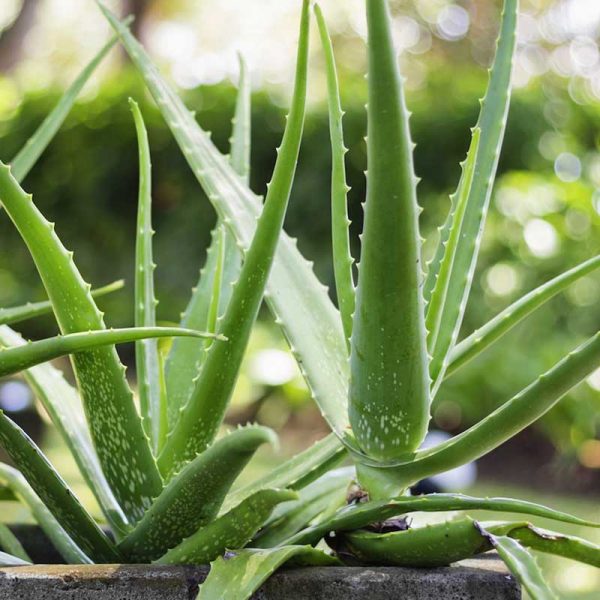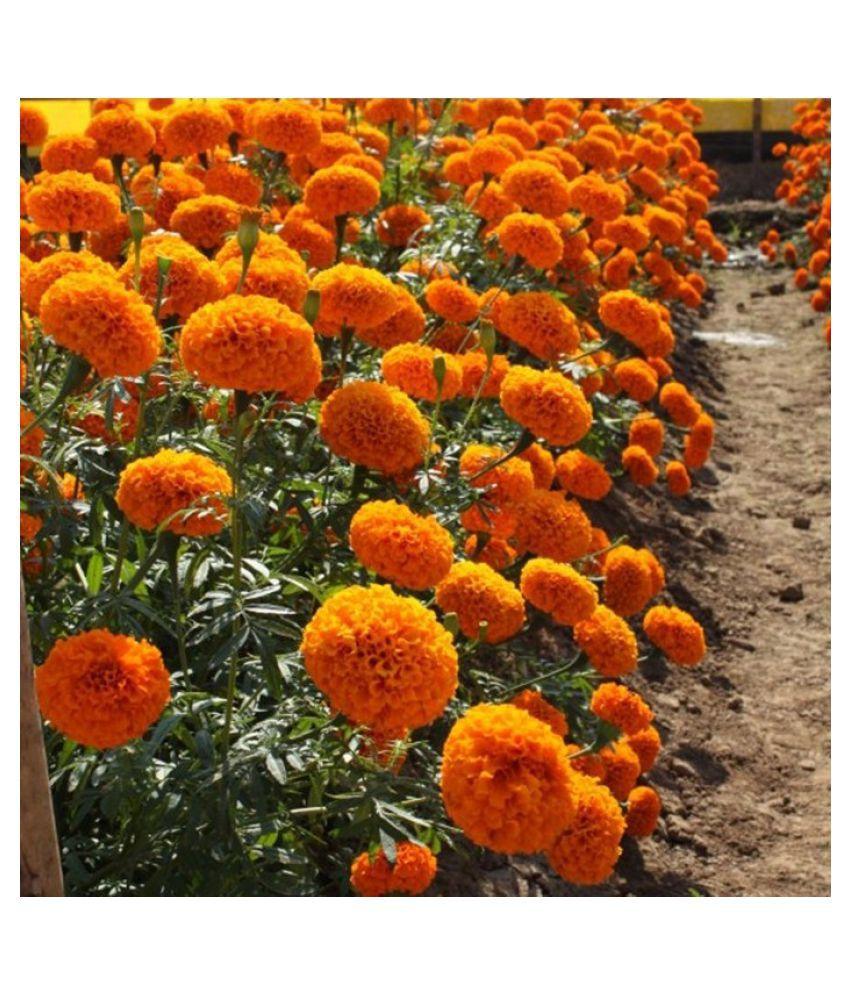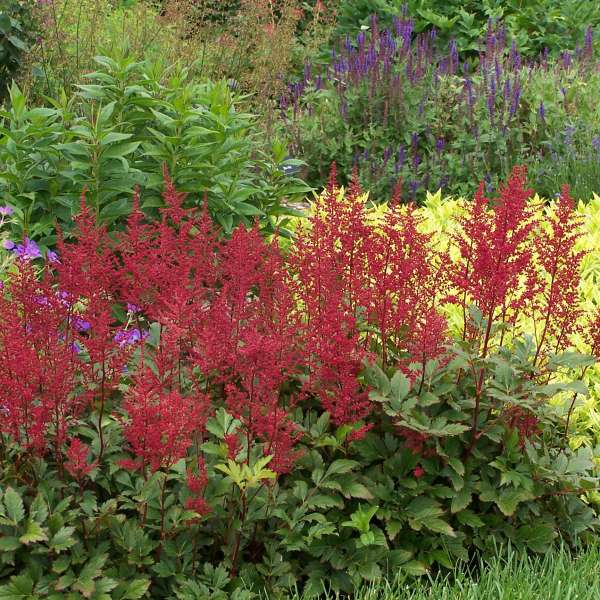Estimated Reading Time: 8 minutes Plant Type: Succulent Timeline: Planting: Spring or Summer; Harvest: Year-round as needed Lifespan: Several years Local Name: Aloe Vera (widely recognized) Popular Name: Aloe Vera Common Name in India: Gwar Patha Interesting Fact: Aloe Vera has been used for medicinal purposes for over 6,000 years.
Aloe Vera, a succulent plant renowned for its medicinal and cosmetic properties, has gained immense popularity worldwide. Its gel-like substance, extracted from its leaves, has been used for centuries to treat various skin ailments and promote overall well-being. Cultivating Aloe Vera at home is relatively easy, allowing you to harness its benefits directly.
Plant Selection
When choosing an Aloe Vera plant, opt for a healthy-looking specimen with thick, fleshy leaves. Avoid plants with brown tips or signs of pests or diseases.
Specific Tools for Planting
To successfully plant Aloe Vera, you will require the following tools:
- A well-draining pot
- Potting mix specifically designed for succulents
- A small trowel or spoon
- A watering can
Site Preparation
Aloe Vera thrives in bright, indirect sunlight. Choose a location where the plant will receive ample light but be protected from scorching afternoon sun. Ensure proper drainage to prevent root rot.
Planting Process
- Pot Selection: Select a pot with drainage holes to prevent waterlogging.
- Potting Mix: Fill the pot with a well-draining potting mix designed for succulents and cacti.
- Planting: Gently remove the Aloe Vera plant from its nursery pot. Place it in the new pot, ensuring the base is at the same level as the surrounding soil.
- Firming: Gently firm the soil around the plant to provide support.
Propagation
Aloe Vera is easily propagated through offsets or leaf cuttings:
- Offsets: Carefully separate the small plantlets that grow at the base of the mother plant. Allow the cuttings to dry for a few days before planting in well-draining soil.
- Leaf Cuttings: Cut a healthy leaf from the mother plant, ensuring it has a portion of the base. Allow the cutting to dry for several days before planting in a well-draining potting mix.
Post-Planting Care
Aloe Vera is a low-maintenance plant, but it requires specific care:
- Watering: Allow the soil to dry completely between waterings. Overwatering can lead to root rot.
- Fertilizing: Feed your Aloe Vera plant with a diluted succulent fertilizer once or twice a year during the growing season.
- Repotting: Repot your Aloe Vera every 2-3 years or when the pot becomes rootbound.
Specific Plant Care Requirements
- Temperature: Aloe Vera prefers warm temperatures but can tolerate mild cold.
- Light: Bright, indirect sunlight is ideal.
- Pests and Diseases: Watch for mealybugs and scale insects. Treat infestations promptly with insecticidal soap or neem oil.
Culinary and Medicinal Usage
Aloe Vera gel, extracted from the inner leaf, has numerous applications:
- Skincare: Soothes sunburn, moisturizes skin, and treats minor cuts and burns.
- Hair care: Promotes hair growth, reduces dandruff, and adds shine.
- Digestive health: Can help with indigestion and constipation.
- Culinary: Used as a thickening agent in some recipes and as a flavoring in beverages.
Aloe Vera is a versatile and rewarding plant to cultivate. With proper care, it can thrive indoors and provide a multitude of benefits for your health and well-being. Love Nature…Care for Nature





